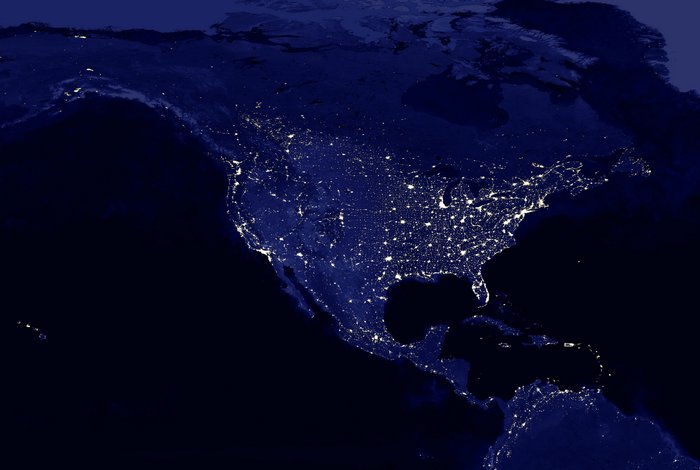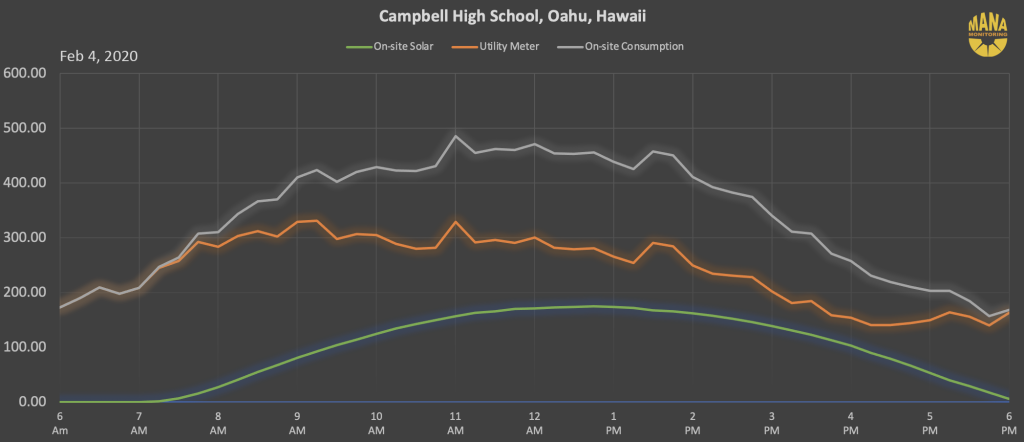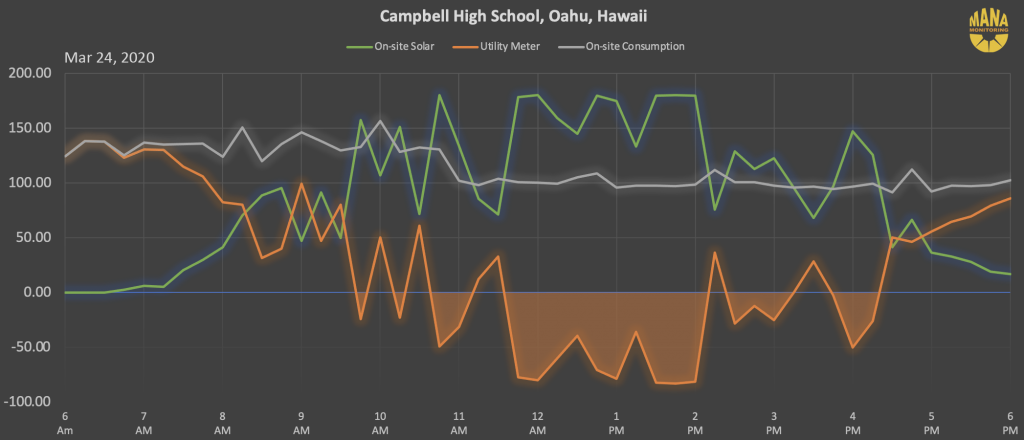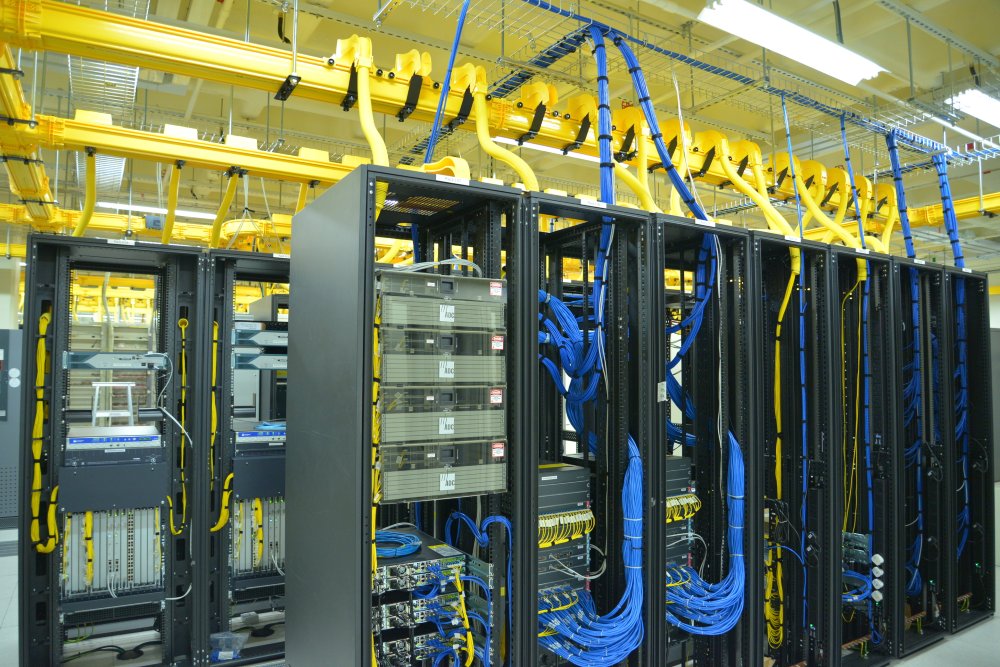Imbalancing Act: Behind the scenes look at the electric grid’s irregular 2020

The energy landscape experienced a wave of changes in 2020, as dramatic swings in commercial and residential demand disrupted how consumers used energy, utilities managed unpredictable grid loads and renewable energy was generated in excess. Though the reason behind these changes (COVID-19 pandemic) is clear, the resulting effects on the energy industry revealed the consequences of an imbalanced electric grid.
Our collective knowledge of the shutdown’s effects on human behavior sheds light into the energy consumption changes we experienced, and while some of these imbalances created visible ripples, the impact was even more apparent to energy monitoring companies, like Mana Monitoring.
Aftermath of severe demand swings
Hawai’i residents, for instance, witnessed minor glitches in the digital clocks of plug-in ovens and microwaves. Even without experiencing a power outage or shut-off, the times on individual appliance clocks were off track by up to 15 minutes in certain areas. Hawai’i is an important example because, as the nation’s most heavily saturated solar market, the cease of tourism and closure of hotels, shopping centers, restaurants, schools and commercial facilities caused many solar-powered buildings to experience extensive backfeeding to the grid. As a result, this unexpected, months-long shift in energy use caused significant grid imbalances for the local utilities.
But even more noteworthy grid infrequencies were observed behind the scenes.


The graphs above show energy production and consumption at Campbell High School in Oahu before and during shutdowns. (Orange line tracks the amount of solar being back-fed to the grid.)
Of the nearly 500 facilities monitored statewide by Mana Monitoring, our systems first alerted us to irregularities in consumption versus on-site generation. When analyzing a subset of those facilities, we saw a drop in consumption to roughly 40 percent while “export,” the amount of solar that goes back into the grid, increased proportionally to over 10 MW across commercial facilities. Though this level of export can be expected on a holiday or weekend, we have never seen an export of this scale continue for an extended duration as with the COVID-19 closures.
Safeguarding the grid and renewables
Similar examples were seen all across the country and created imbalances between renewable energy resources and actual energy consumption. For utilities, this presented a rare but problematic challenge. In order to maintain the target frequency, utilities were forced to curtail their portfolio of generators and larger intermittent renewable resources.
Currently, utilities lack the proper visibility and command controls of grid-connected PV systems to complete this curtailment in the most effective manner and instead are forced to curtail at the main station, or disconnect level, bringing entire systems to a halt at the flip of a switch. Abrupt change at this level, unfortunately, can damage and degrade the lifespan of solar PV equipment, and in some cases, void equipment warranties entirely.
Curtailment at the main substation is a necessary evil for utility-level command controls right now, but what if there was a way to stop generation without jeopardizing the equipment? Fortunately, there is. Curtailing systems at the inverter level offers a much more sophisticated management solution that enables granular reduction of output based on relative (reduce output by relative capacity percentage) or absolute (reduce output by exact kW levels).
While utilities do not have the ability to manage controls at this level, there are companies specializing in renewable energy monitoring and management that are well equipped to curtail PV sources on-demand. Though some companies require retrofitting the inverters in order to remotely dial them back, others can work with existing hardware, regardless of type or manufacturer, through existing protocols.
Long-term solutions
Mitigating the solar duck curve has spurred battery installations to help distribute self-generated energy usage throughout both day and evening, but it is still a stop gap solution during times of prolonged imbalances between generation and consumption. Though difficult to predict, circumstances such as this taught a valuable lesson about the role of utilities in controlling renewable resources when needed. The more monitoring that is available, the more insight and options utilities will have to better adjust the grid on-demand. And these options, when coupled with the right incentives, provide a way for utilities to take action that best suits both the electric grid and renewable resource owners.
Better control of curtailment commands allows more room for circuit penetration for renewables. The adoption of renewable energy sources will continue to grow, especially now as legislative initiatives call for a carbon-free future, so it is extremely important to create sustainable and scalable solutions from the start. With the technology available today, the next step is creating utility programs that support the realities of high renewable saturation on the grid.
Zoltan Milaskey is president of Mana Monitoring.





Comments are closed here.